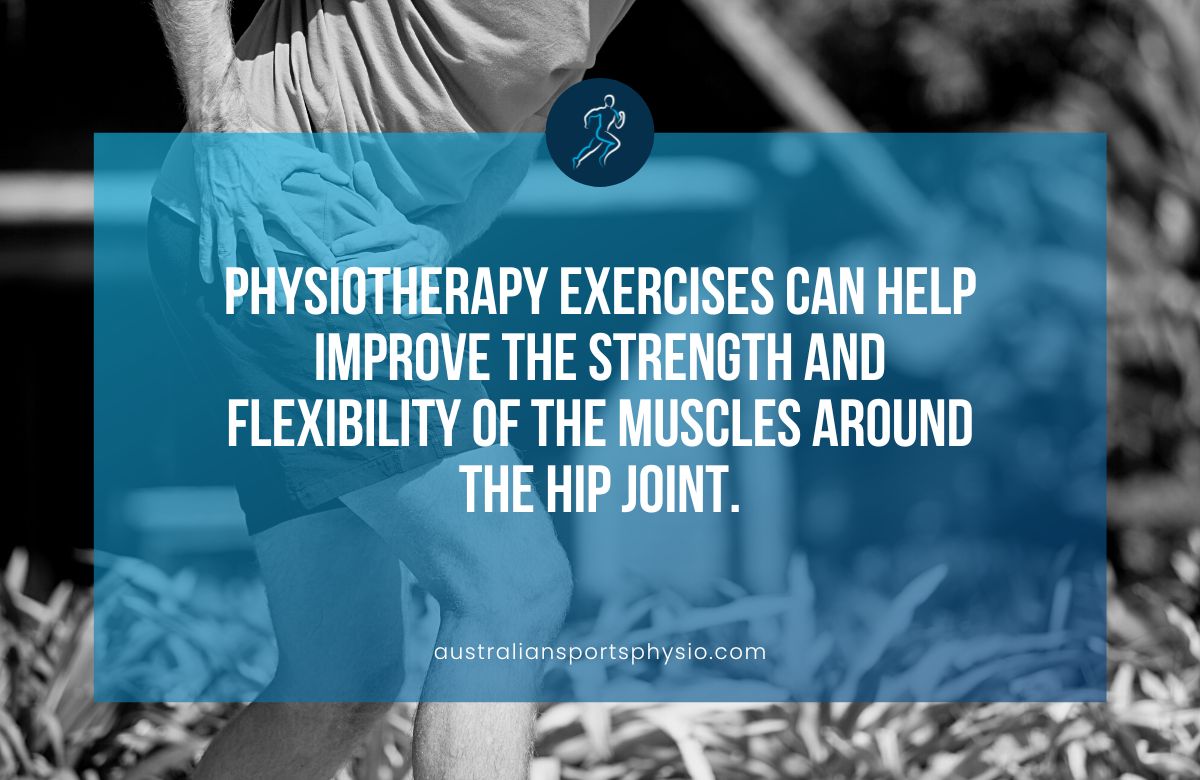Are you suffering from a deep and sudden pain in the side of your hip? Are you having difficulty sleeping, walking or standing? You may have greater trochanteric pain syndrome (GTPS).
Hip pain is a common complaint amongst athletes and non-athletes, with greater trochanteric pain syndrome being one of the most frequent culprits.
GTPS is a condition that causes pain around the area of the greater trochanter, located on the outside of the femur. It is an often overlooked diagnosis and should be considered if other hip pathologies are excluded. It affects both men and women but can present differently depending on gender and age.
Anyone who experiences persistent hip pain should consider that it could be greater trochanteric pain syndrome.
What is greater trochanteric pain syndrome?
GTPS is caused by irritation or inflammation of the bursa, or small fluid-filled sac, at the greater trochanter located at the top of your hip bone. The source of this inflammation can be muscle tightness, postural imbalances or even structural abnormalities in the hips.
Greater trochanteric pain syndrome is a widely seen condition that causes discomfort and soreness around the outside of your hip, thigh or buttocks. This happens when the muscles, tendons and bursa on top of your femur become injured from overuse or wear and tear. With this chronic issue comes an increased risk for further injury if not treated correctly and appropriately.
Common causes of greater trochanteric pain syndrome
- Imbalanced muscles can place excessive tension and strain on the hip area.
- Prolonged physical strain from vigorous exercise or being on your feet for extended durations can burden the hip region excessively.
- Osteophytic growths on the hip joint, otherwise known as bone spurs.
- A hip-related injury resulting from an unfortunate slip or fall.
- Excess weight.
- Pain and stiffness in the hip, knee, or foot due to arthritis.
- A torn glute muscle. In most cases, greater trochanteric pain syndrome is caused by a gluteus medius or gluteus minimus tendon tear.
- Foot-related issues include bunion formation, callus build-up, plantar fasciitis discomfort, and Achilles tendon pain.
- Living with an uneven gait due to a difference in leg length.
- Spine-related conditions such as scoliosis and arthritis.
- Infection, although unusual.
Common symptoms of GTPS
- Greater trochanteric pain syndrome can cause a deep, sharp pain on the outside of your hip that can radiate down your thigh. It is often worse when lying on the affected side, climbing stairs or after prolonged sitting or standing.
- Sharp or intense pain that may become more of an ache over time.
- The sensation of catching and clicking.
- Hip joint swelling and warmth.
- Stiffness of the joints.
- Because of the pain, some people experience gluteal muscle weakness and difficulty sleeping.
Physiotherapy treatment for GTPS
The primary goal of physiotherapy treatment for greater trochanteric pain syndrome is to reduce pain and improve mobility. The best treatment for GTPS is to reduce the inflammation and restore normal movement in the hip joint. This can be done with physiotherapy exercises, manual therapy techniques, lifestyle modifications, and medications if necessary.
Physiotherapy exercises can help improve the strength and flexibility of the muscles around the hip joint. These may include stretches, strengthening exercises and postural corrections.
Manual therapy techniques such as massage, joint mobilisation, dry needling and myofascial release can reduce pain, improve range of motion and restore standard movement patterns.
In addition to manual therapy and exercise, lifestyle modifications such as reducing activity levels, avoiding activities that aggravate the condition and using orthotics to correct any postural imbalances may also be beneficial in treating GTPS.
How long does GTPS take to heal?
Though treatment for GTPS can be a lengthy process, with patience and persistence, you will see results. On average, it takes 6-9 months for symptoms to improve. However, in some cases, the time frame is more extended.
All bodies have different capacities for healing from greater trochanteric pain syndrome, and it is not unexpected to experience intermittent flare-ups. When this occurs, you may need to reduce your exercise regimen until the pain subsides.
To ensure successful progress towards recovery from this condition, please follow any steps your physiotherapist outlined.

Final thoughts on GTPS and physiotherapy treatment
Understanding the underlying mechanism of greater trochanteric pain syndrome is essential for proper sports physio treatment. A patient’s anatomical structure and activity preferences are crucial before developing a comprehensive rehabilitation plan.
Once an individual’s specific needs are identified, appropriate interventions such as massage, stretching programs, dry needling and strengthening can be applied to ensure pain relief and improved function can be achieved safely.










